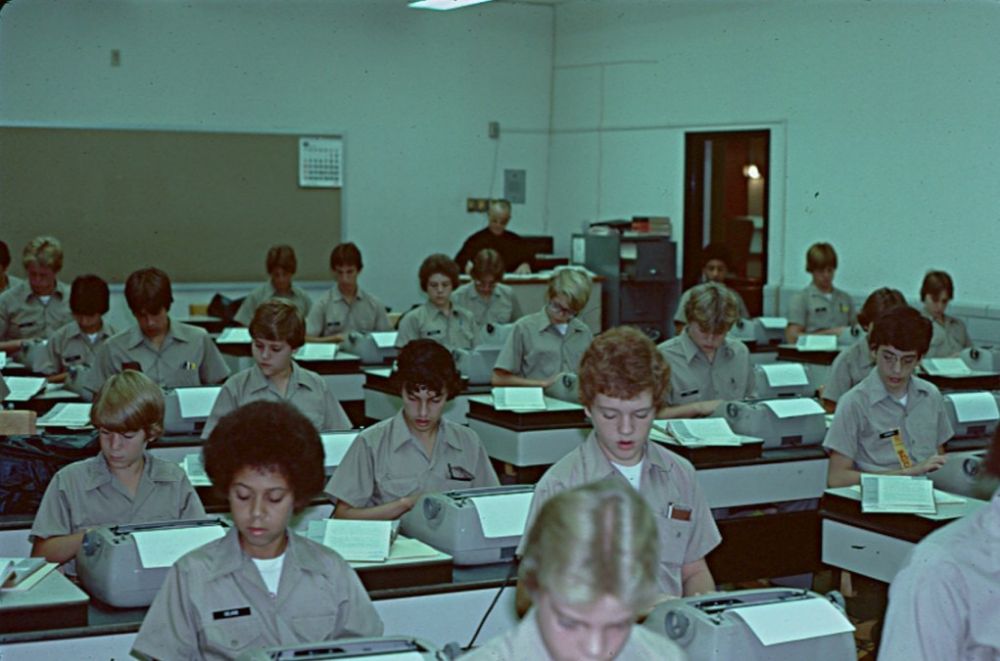In the annals of history, photographs serve as windows into the past, offering glimpses of bygone eras and the people who inhabited them. In the case of Seattle, Washington, the photographs from the 1930s and 1940s provide a captivating visual narrative of a city in transition. From the bustling waterfront to the towering skyline, these images offer a snapshot of Seattle's evolution during a period marked by economic turmoil, urban development, and wartime upheaval.

The 1930s brought unprecedented challenges to Seattle and the nation at large, as the Great Depression gripped the country in its clutches. The city's bustling ports, once teeming with maritime commerce, fell silent as trade dwindled and unemployment soared. The collapse of the timber industry further exacerbated the city's economic woes, leaving many residents struggling to make ends meet.

Despite these hardships, Seattleites exhibited remarkable resilience and resourcefulness in the face of adversity. The New Deal programs initiated by President Franklin D. Roosevelt injected much-needed federal funds into the region, spurring infrastructure projects and providing employment opportunities for thousands of workers. The construction of landmarks such as the Lake Washington Floating Bridge and the Seattle-Tacoma International Airport not only bolstered the city's infrastructure but also laid the foundation for its future growth and prosperity.

Amidst the economic turmoil of the 1930s, one industry emerged as a beacon of hope for Seattle: aerospace. The Boeing Company, founded in Seattle in 1916, experienced exponential growth during this period, propelled by the demand for military aircraft in the buildup to World War II. The company's innovative aircraft designs, including the iconic B-17 Flying Fortress and B-29 Superfortress bombers, solidified its reputation as a leader in the aerospace industry.

The outbreak of World War II further fueled Boeing's expansion, transforming Seattle into a hub of wartime production. The construction of Boeing's massive manufacturing facilities, such as the Boeing Plant 2 in Renton, provided employment opportunities for tens of thousands of workers and played a pivotal role in the Allied victory. Seattle's aerospace industry not only contributed to the war effort but also laid the groundwork for the city's emergence as a global aerospace powerhouse in the decades to come.

The 1930s and 1940s witnessed significant changes in Seattle's urban landscape, as the city grappled with the dual challenges of population growth and urban sprawl. The construction of the Alaskan Way Viaduct in the late 1930s transformed Seattle's waterfront, providing a vital transportation link and facilitating the movement of goods to and from the city's bustling ports.

Meanwhile, suburban development flourished as Seattle's population swelled, fueled in part by the influx of workers drawn to the city's booming aerospace industry. Neighborhoods such as Queen Anne, Capitol Hill, and West Seattle experienced rapid growth during this period, with the construction of single-family homes and apartment buildings reshaping the city's skyline.

Amidst the economic upheaval and urban development of the 1930s and 1940s, Seattle emerged as a cultural and artistic hub, fueled by the creative energy of its diverse population. The city's vibrant jazz scene flourished in venues such as the Black and Tan Club, where legendary musicians like Ray Charles and Quincy Jones honed their craft. Meanwhile, the establishment of the Seattle Repertory Theatre in 1933 provided a platform for local playwrights and actors to showcase their talents to a broader audience.

Innovation also thrived during this period, as Seattleites embraced new technologies and ideas that would shape the city's future. The opening of the Seattle Art Museum in 1933 brought world-class art and culture to the city, while the introduction of hydroelectric power from the Bonneville Dam provided clean and renewable energy to residents and businesses alike.

As we reflect on Seattle's journey during the 1930s and 1940s, we are reminded of the city's resilience, innovation, and cultural dynamism in the face of adversity. From the depths of the Great Depression to the challenges of World War II, Seattleites confronted each obstacle with determination and creativity, laying the foundation for the vibrant and diverse metropolis that thrives today. As Seattle continues to evolve and grow, it is essential to honor the legacy of those who came before us and to celebrate the spirit of innovation and resilience that defines the Emerald City.




































